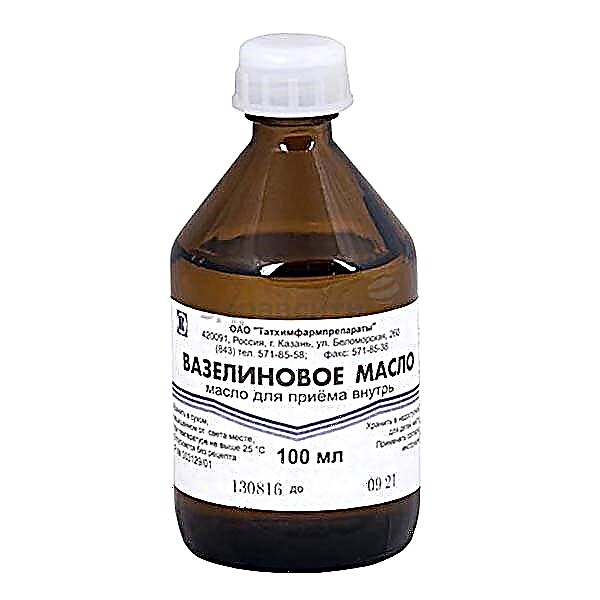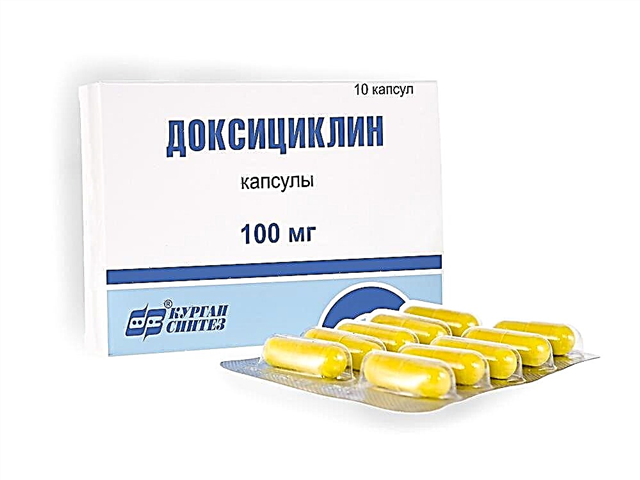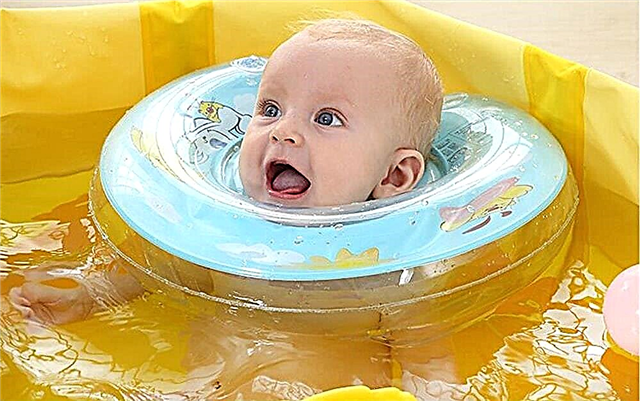Very often, newborns develop a rash or other skin manifestations. Many of these states will only last a short time and go away. Others are birthmarks that may not be visible at birth but will remain with babies throughout their lives.
Skin diseases in children
These are the main manifestations that you may notice on a child's skin.
Acne on the face
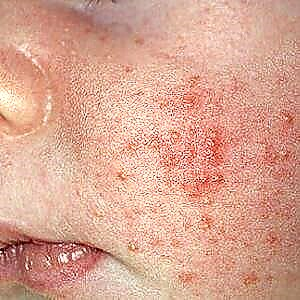 Babies often develop pimples on their cheeks, nose, and forehead. It is believed that newborn acne occurs when the mother's or baby's hormones cause the baby's glands to produce more sebum. The rash usually goes away on its own in the first few months, but treatment may be necessary in some cases. The doctor must advise if it is required. Baby acne has nothing to do with whether or not a child will have acne problems during adolescence;
Babies often develop pimples on their cheeks, nose, and forehead. It is believed that newborn acne occurs when the mother's or baby's hormones cause the baby's glands to produce more sebum. The rash usually goes away on its own in the first few months, but treatment may be necessary in some cases. The doctor must advise if it is required. Baby acne has nothing to do with whether or not a child will have acne problems during adolescence;- tiny white patches very often appear on a newborn's face during the first seven days. Most of them are located on the skin of the nose. The spots are called milia. These are small cysts with sebum and keratin.
Keratin is a type of protein that makes up the outer layer of the skin, as well as human hair and nails.
Sometimes milia are present on the gums. They are very pronounced during the first few days of life and eventually go away without any treatment.
Baby's skin looks patchy
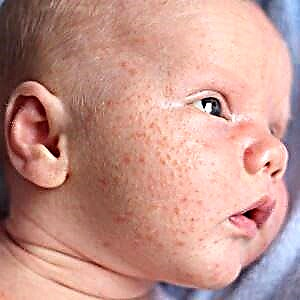 During the first few days of life, many babies develop harmless red spots with tiny bumps that sometimes contain pus. This is called toxic erythema. It can appear only on a limited part of the body or cover almost all of its surface. Stains can come and go. But they tend to go away on their own within a week;
During the first few days of life, many babies develop harmless red spots with tiny bumps that sometimes contain pus. This is called toxic erythema. It can appear only on a limited part of the body or cover almost all of its surface. Stains can come and go. But they tend to go away on their own within a week;- the spots, called pustular melanosis by doctors, are harmless and do not need treatment. Transient pustular melanosis is a type of rash that occurs more commonly in babies with dark skin. Elements appear from birth and appear as small white bumps on the baby's neck, chest, back, or buttocks. They will go away on their own, but sometimes they leave slightly darker spots on the skin.
The child has a rash
- children may develop prickly heat (heat rash) when they are dressed too warmly or when the weather is very hot. This is a red or pink rash that usually occurs on areas of the body covered by clothing. It itches and causes discomfort to the child. Doctors call this rash miliary.
To help the rash go away, remove the child from the hot place. Dress him in light-colored, loose-fitting clothing and bathe him in warm but not hot water;
- rash in the diaper area, red and inflamed skin on the buttocks or groin of a child caused by prolonged wearing of a wet diaper. Urine and stool irritate the skin. A rash can occur when a baby sleeps for many hours without waking up. Sometimes the rash can cause an infection from bacteria or fungi. If the baby has a rash in the diaper area, take extra care to keep the baby dry;
- many children develop a rash around the mouth or chin. It is caused by saliva and regurgitation.
Wash your child often, especially after eating or regurgitation.
The child sometimes has tiny red spots on the skin.
You may notice red spots on the newborn's skin. They are called petechiae.
 It is blood that has seeped from the capillaries into the skin. This type of rash is caused by trauma as the baby passes through the birth canal. The dots will disappear within the first week or two.
It is blood that has seeped from the capillaries into the skin. This type of rash is caused by trauma as the baby passes through the birth canal. The dots will disappear within the first week or two.
Scabs on the scalp of a child
Seborrheic dermatitis is common in children. Scaly or hard skin on a baby's scalp is a normal buildup of sticky sebum, scales, and dead skin cells.
Sometimes a child's hair falls out when a parent tries to comb the scales. Unlike some other rashes, seborrheic dermatitis can be treated at home using shampoo or mineral oil.
Seborrheic dermatitis usually goes away at 1 year of age.
Birthmarks on the skin of a newborn
They come in different sizes, shapes and colors. Some are flat, while others form bumps on the skin. Most of them are harmless and do not need treatment. The spots often fade or disappear as the child matures.
- simple nevus - a pink or reddish patch of skin between the eyes, on the forehead or on the back of the head. People commonly refer to these spots as "stork bite" or "angel's kiss." They are caused by dilated blood vessels, which give the skin a reddish tint. Most of these spots disappear within two years;
- vascular malformations are another common type of birthmark. They may look different depending on the type of blood vessels involved and where they appear on the body. The most common malformations are called "port stains" because they appear as dark red patches of skin;
When these spots are large and close to the eyes, the doctor should check the child to make sure that the blood vessels in the brain and eyes are healthy. These birthmarks remain with the child for the rest of his life.
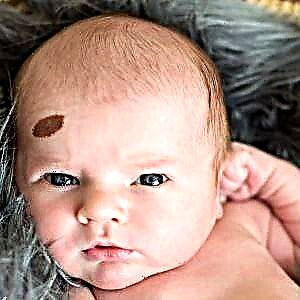 Mongoloid spots. Smooth, flat, blue or blue-gray birthmarks, usually on the lower back and buttocks. They often look like bruises. Very common among dark-skinned newborns. They brighten and almost disappear at school age, but traces of them often remain;
Mongoloid spots. Smooth, flat, blue or blue-gray birthmarks, usually on the lower back and buttocks. They often look like bruises. Very common among dark-skinned newborns. They brighten and almost disappear at school age, but traces of them often remain;- infantile hemangioma is the most common birthmark formed from blood vessels. This happens when the groups of blood vessels grow rapidly. Much faster than any other part of a child's body. In the past, it was called "strawberry hemangioma" because it is bright red and raised, which resembles a berry. Some hemangiomas go deeper into the skin and may appear as a beige or bluish bump on the skin's surface. Infantile hemangiomas are usually absent at birth or may appear as a reddish patch on the skin. However, after a couple of weeks, the stain begins to grow and becomes more visible. It may continue to grow for several weeks before stunting and then shrinking until it disappears. Deeper hemangiomas behave in the same way as superficial ones - they disappear over time. It is generally impossible to predict how long a hemangioma will take to heal. The smaller it is, the faster it disappears, but it takes many years. Most hemangiomas do not need treatment.
But if they occur in certain areas of the body, such as the face (especially around the eyes or lips) or the genital area, they can cause disfigurement or disrupt body functions. In these cases, treatment should be considered. Your doctor can tell you what options are available;
- melanocytic nevi. More commonly known as birthmarks. They are formed from cells that produce pigment and are light or dark brown in color. Many babies develop tiny moles from birth or in the first months of life. Some babies have many moles (large or small) all over their body and require medical supervision. Moles do not fade over time.
Jaundice in newborns
Many newborns have a yellow tint to the skin and sclera of the eyes. This is called jaundice. In newborns, jaundice usually resolves within a week and does not need treatment. But in rare cases, jaundice gets worse and can lead to brain damage.
This is why you should call your doctor if you notice signs that your jaundice is getting worse. If you see your child's skin or eyes turn yellower, or the child is lethargic and not behaving as usual, call the doctor.
When should i see a doctor?
Always call a doctor if there are any problems, signs of skin problems, or if your child is not acting normally.
These signs may include:
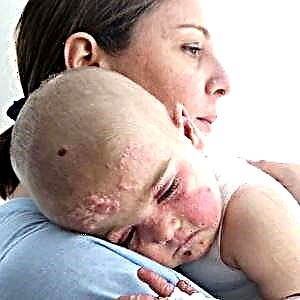 soreness, swelling, or warmth in the affected area;
soreness, swelling, or warmth in the affected area;- red (inflamed) branches depart from the affected area;
- pus;
- swollen lymph nodes in the neck, armpits, or groin;
- body temperature from 38 ° C and above;
- restless child behavior.
If you have questions about which lotions or other products to use on your baby's skin, talk to your doctor at your next visit. Not all newborn skin conditions need to be treated with lotions and creams.
Baby skin and nail care
Skin care
A child's skin is thinner and more vulnerable than that of an adult. Therefore, it is recommended to take care of her as carefully and delicately as possible.
Bathe your child gently with mild soap and warm water. You can use the same soap to wash your scalp.
The wrong shampoo can cause hair loss.
After bathing, apply a mild moisturizer all over your skin and a protective diaper cream to prevent diaper rash.
There are no preferred brands for bathing or moisturizing baby's skin. Most importantly, the products used are soft and as less aromatic as possible.
Nail treatment
Babies play, eat, explore their bodies and in the process can scratch themselves with their nails, even if they are very thin and tiny.
 Keep your child's nails short and clean.
Keep your child's nails short and clean.
You can trim them using blunt scissors or baby nail clippers.
When trimming your nails, try not to touch the skin on your fingertips.
Since children's nails grow faster than adults, they need to be trimmed every two weeks.
Thus, some diseases of the skin of newborns do not require treatment and disappear after some time. Other skin diseases require attention from parents, hygiene of the child, and ensuring a comfortable room temperature. In some cases, it is necessary to seek medical help.
Article rating:

 Babies often develop pimples on their cheeks, nose, and forehead. It is believed that newborn acne occurs when the mother's or baby's hormones cause the baby's glands to produce more sebum. The rash usually goes away on its own in the first few months, but treatment may be necessary in some cases. The doctor must advise if it is required. Baby acne has nothing to do with whether or not a child will have acne problems during adolescence;
Babies often develop pimples on their cheeks, nose, and forehead. It is believed that newborn acne occurs when the mother's or baby's hormones cause the baby's glands to produce more sebum. The rash usually goes away on its own in the first few months, but treatment may be necessary in some cases. The doctor must advise if it is required. Baby acne has nothing to do with whether or not a child will have acne problems during adolescence; During the first few days of life, many babies develop harmless red spots with tiny bumps that sometimes contain pus. This is called toxic erythema. It can appear only on a limited part of the body or cover almost all of its surface. Stains can come and go. But they tend to go away on their own within a week;
During the first few days of life, many babies develop harmless red spots with tiny bumps that sometimes contain pus. This is called toxic erythema. It can appear only on a limited part of the body or cover almost all of its surface. Stains can come and go. But they tend to go away on their own within a week; Mongoloid spots. Smooth, flat, blue or blue-gray birthmarks, usually on the lower back and buttocks. They often look like bruises. Very common among dark-skinned newborns. They brighten and almost disappear at school age, but traces of them often remain;
Mongoloid spots. Smooth, flat, blue or blue-gray birthmarks, usually on the lower back and buttocks. They often look like bruises. Very common among dark-skinned newborns. They brighten and almost disappear at school age, but traces of them often remain; soreness, swelling, or warmth in the affected area;
soreness, swelling, or warmth in the affected area;